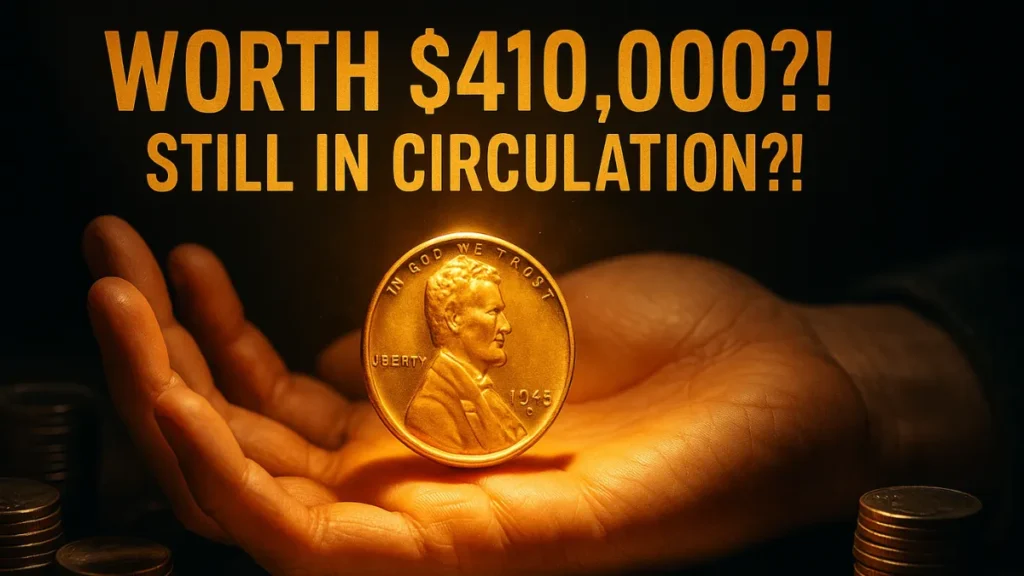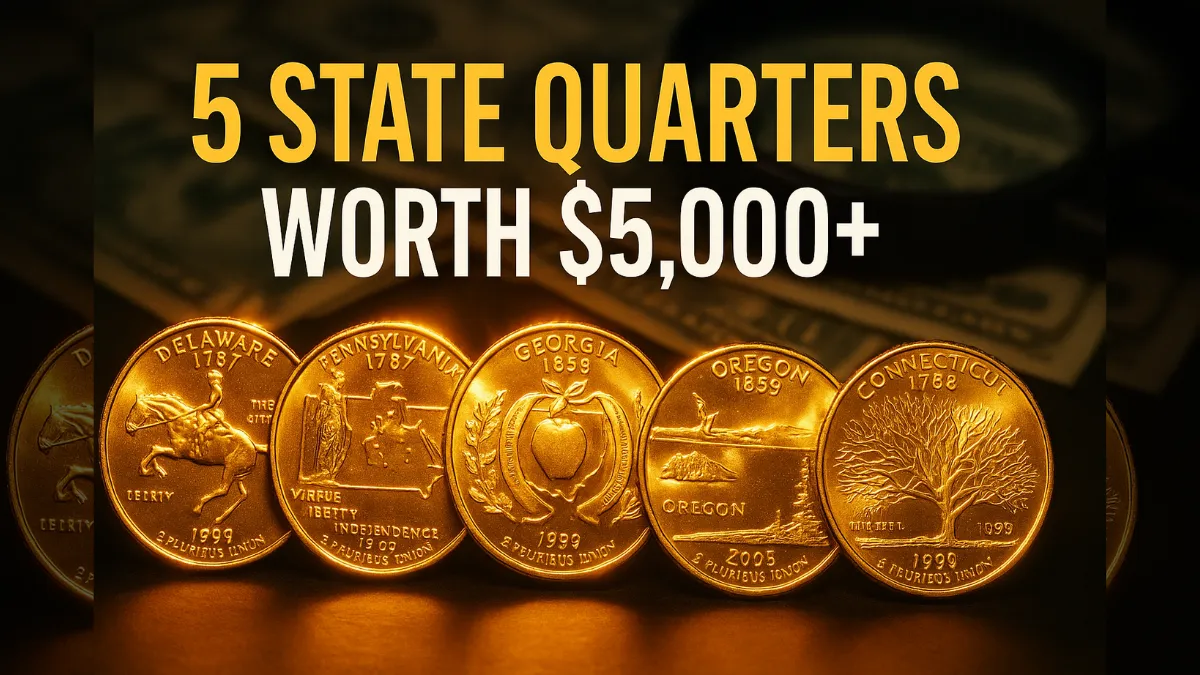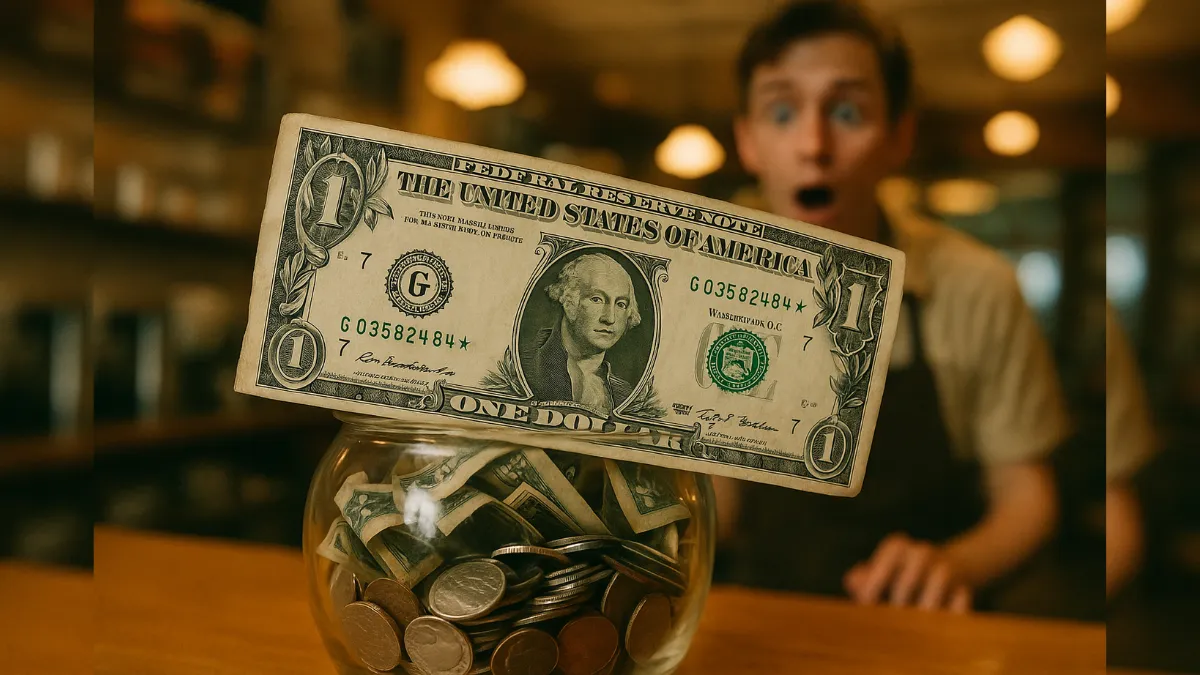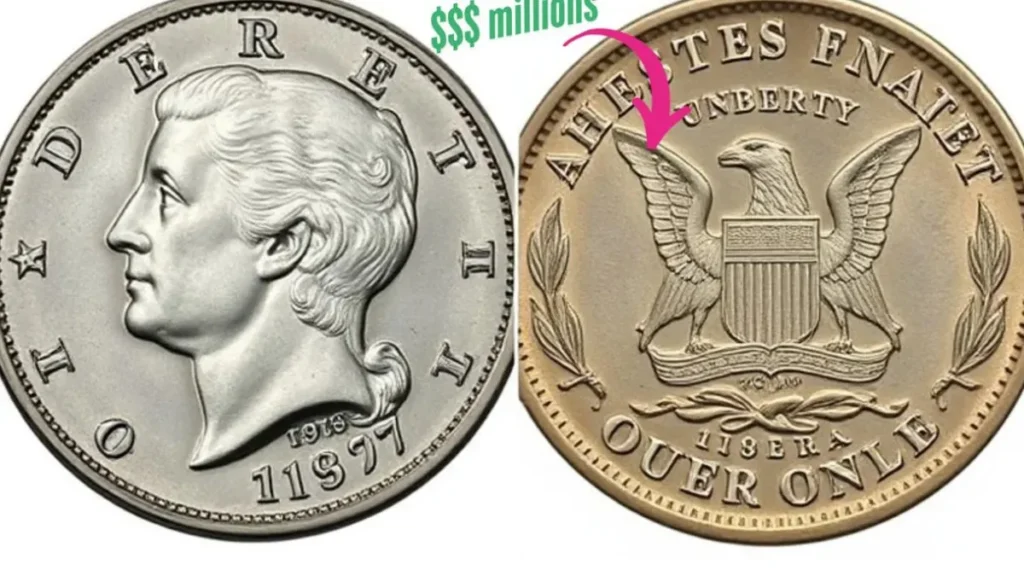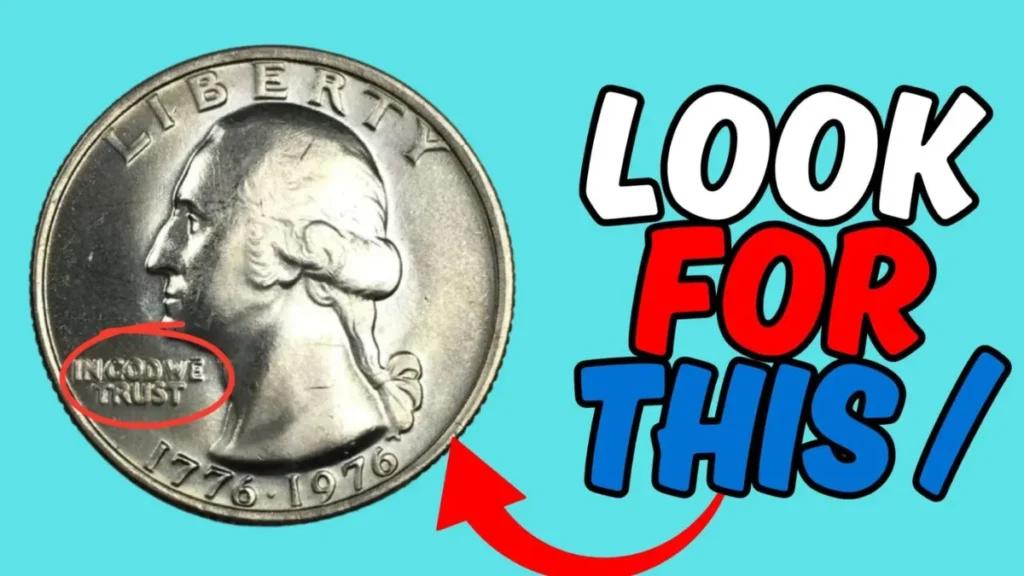While most of us toss pennies into jars or forget them in cup holders, some seemingly ordinary coins could be worth far more than a single cent.
Many people overlook the humble penny, often letting them gather dust in drawers or rattle around in cars. However, some of these coins may be hiding incredible value. One such remarkable example is the 1943 bronze Lincoln Wheat Penny, a rare find that has been appraised at an astonishing $410,000.
What makes this coin especially intriguing is that it could still be out there today, circulating unnoticed among everyday change. So the next time you receive a penny, it might be worth giving it a second look—you could be holding a true rarity.
The History of the Lincoln Wheat Penny
The Lincoln Wheat Penny holds a special place in American coinage. First issued in 1909, it was created to mark the 100th anniversary of Abraham Lincoln’s birth.
The front of the coin features Lincoln’s profile, while the back shows two wheat stalks. This design remained in use until 1958, making it one of the longest-standing designs in U.S. coin history. For decades, this penny was a common sight, deeply woven into the fabric of everyday commerce.
Wartime Adjustments and the Accidental Rarity
During the challenges of World War II, materials like copper were redirected to support military production. As a result, the U.S. Mint switched the penny’s composition to zinc-coated steel in 1943.
However, due to a production oversight, a few copper planchets were mistakenly used in the presses. These errors led to the creation of a small number of 1943 bronze pennies. Today, only about 20 of these rare coins are known to exist, making them incredibly valuable to collectors.
The Jaw-Dropping Auction Sale
The coin collecting world was taken by surprise in 2010 when one of these elusive 1943 bronze Lincoln Wheat Pennies sold at auction for a massive $410,000. This jaw-dropping figure highlighted not only the rarity of the coin but also the incredible story behind its accidental creation.
What was originally a single cent became a high-value artifact, often worth more than many homes. The auction underscored the unique mix of history, rarity, and human error that gave this coin its immense value.
How to Spot a Valuable 1943 Penny
If you’re hoping to discover a 1943 bronze penny of your own, there are some distinct characteristics to look for. First, confirm the date—1943 is essential. While most pennies from that year are steel and will stick to a magnet, the bronze version will not.
In addition to the color, which should be the typical copper tone, the bronze penny will also be slightly heavier than the steel ones. The presence of a mintmark can also help indicate origin, but all 1943 bronze pennies are considered highly collectible regardless of where they were minted.
The Ongoing Hunt for Hidden Treasure
Though the chance of finding one might seem slim, the possibility of a 1943 bronze penny still being in circulation keeps coin hunters inspired. Many people handle coins daily without giving them a second glance, meaning valuable ones could still be exchanged unknowingly.
This idea has sparked interest among collectors and everyday people alike, who now look at their pocket change with greater curiosity. One penny could transform an ordinary day into a remarkable discovery.
Preserving Your Find
If you believe you’ve stumbled upon a rare Lincoln Wheat Penny, proper care is essential. Never clean the coin, as doing so can significantly diminish its value.
Instead, protect it in a coin holder and consider getting it certified by a professional grading service. These experts can confirm its authenticity and assign a grade that reflects its condition and worth. Since fake coins do exist, authentication adds peace of mind and credibility.
More Than Just Monetary Value
The 1943 bronze Lincoln Wheat Penny represents more than just money—it’s a piece of America’s past. It tells the story of a nation at war, resourcefulness in a time of need, and an error that unintentionally created one of the most sought-after coins ever made.
Owning one of these rare pieces is like holding a moment in history. For collectors, it offers more than value—it provides a meaningful connection to the events that shaped the country.
A Reason to Check Your Change
While finding a penny worth hundreds of thousands of dollars might seem unlikely, the thrill of the search adds excitement to everyday moments. The possibility that a rare treasure could be found in your spare change keeps the adventure alive.
This ongoing fascination has drawn new interest to numismatics—the study and collection of coins—and inspired many to learn about the stories hidden in their wallets and pockets.
The Value of Attention to Detail
The tale of the $410,000 Lincoln Wheat Penny reminds us that even the smallest things can hold great value.
In the rush of daily life, it’s easy to miss the details. Yet, sometimes it’s in those overlooked corners that the most surprising treasures are hidden. Whether or not you ever discover such a penny, the lesson is clear—attention to detail can lead to unexpected rewards.
FAQs
Why is the 1943 bronze Lincoln Wheat Penny so valuable?
This penny is highly valuable because it was made by mistake during wartime production, and only a small number were created, making it extremely rare.
How can I tell if I have a 1943 bronze penny?
Look for a copper-colored 1943 penny that is heavier than the steel version. It should not stick to a magnet, unlike the more common steel pennies from that year.
How much is a 1943 bronze penny worth?
Depending on its condition and confirmation of authenticity, a genuine 1943 bronze penny can be valued as high as $410,000.
What should I do if I find a rare penny?
Don’t clean it. Place it in a safe holder and have it verified by a certified coin grading expert to protect its value and confirm its legitimacy.
Matthew K. Ayers is a seasoned finance writer with a sharp eye for market trends and economic insights. With a background in financial analysis and a passion for simplifying complex topics, he crafts clear, actionable content to help readers make smarter money decisions. From personal finance to global markets, Matthew delivers trustworthy advice with clarity and precision.
